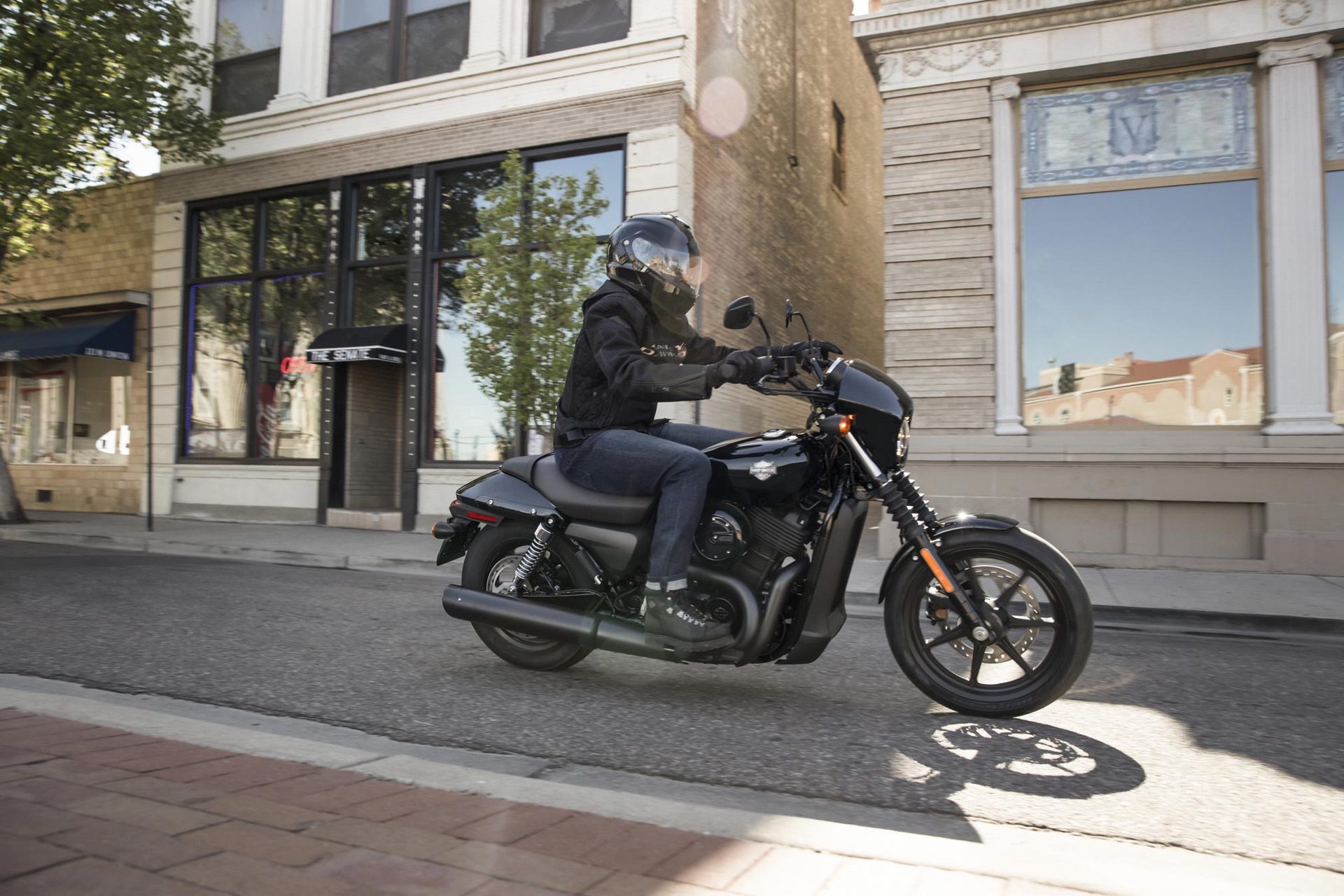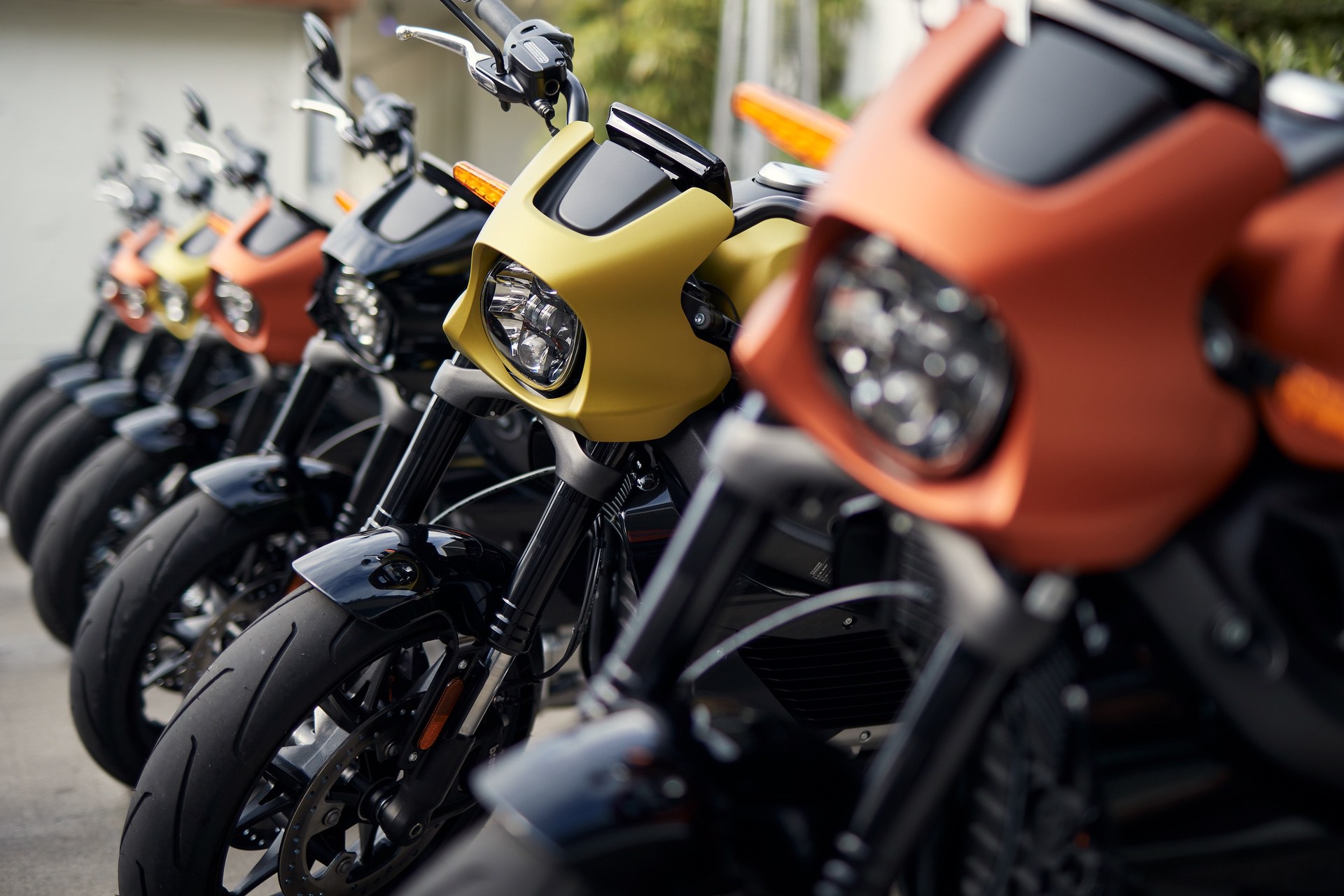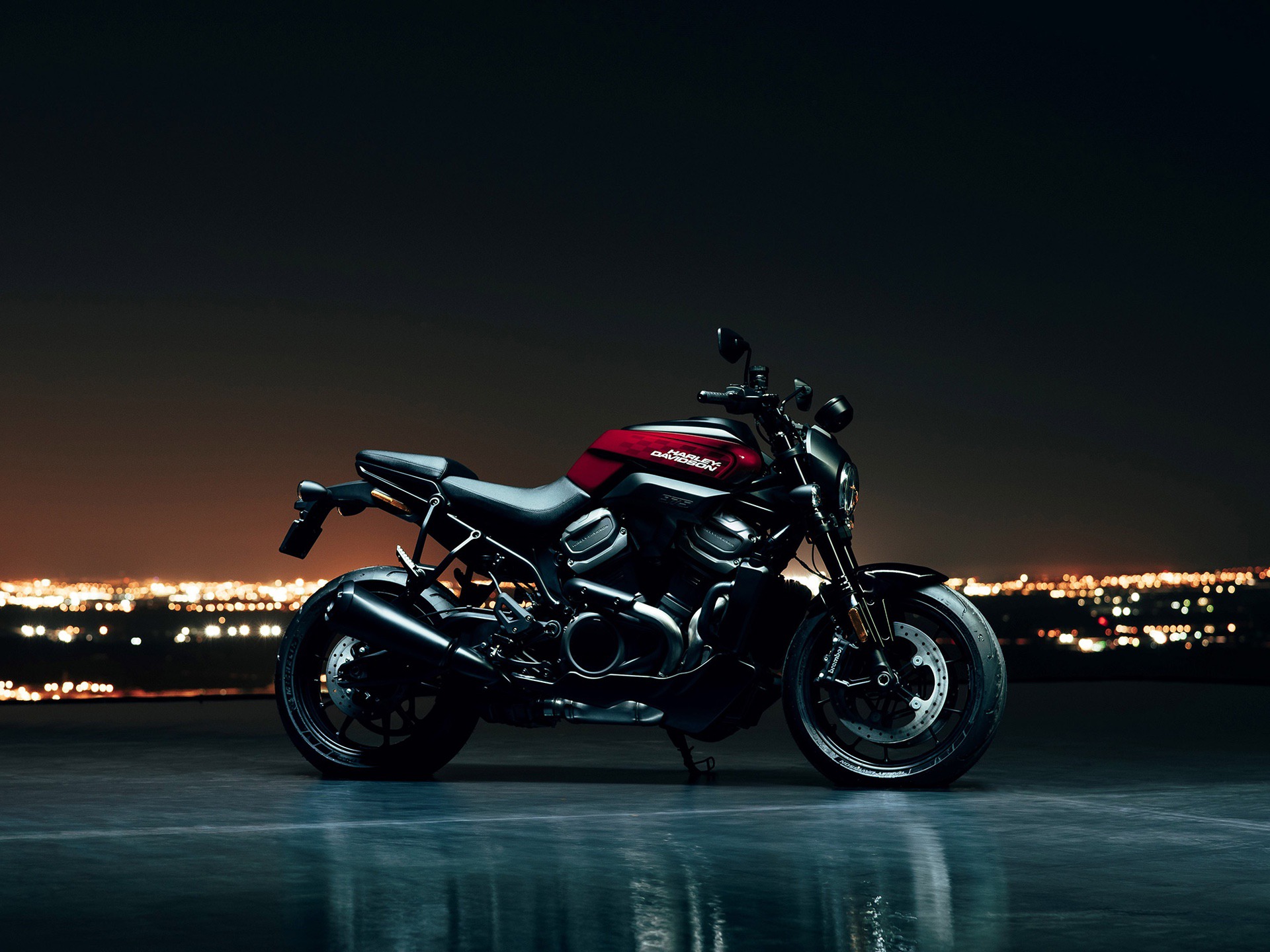At first glance, reviewing motorcycles and riding gear for a living may seem like a bit of a dream job. You can probably imagine an all-expenses-paid trip to some sunny location just for the sake of riding brand new bikes along some exciting stretch of road. Heaven on two wheels, yeah? Well not quite. And that’s because reviewing bikes for a living comes with some solid caveats that mean it’s not all wine and roses at the end of the day.
The harsh reality is that there are a bunch of expectations placed on motorcycle reviewers—be they self-imposed or set up by industry heavyweights—that mean the accuracy and truth behind the articles of these mostly male, mostly middle-aged writers is probably less than you’d expect. So let’s take a deep dive into the world of professional motorcycle reviewers and see why they aren’t always on the money.

5. THRASHING BIKES
I’ll be the first to admit that I’m not the world’s greatest motorcycle rider. As a marketing executive from a major Japanese manufacturer once told me, “That guy there used to race bikes for a living. He’s a much better rider than you, so his thoughts about our bikes counts for more than yours.”
And while there is some truth in that sentiment, there’s also a big, gaping hole in the logic. And that’s the fact that only one percent of the general public can ride like he does. And the other ninety nine percent? Well, they ride a lot like me.

Fast forward to the press launch of the new bikes, and these pros are now riding the absolute bejesus out of the bikes. This is fuelled partly by ego, partly by the fact that they don’t own the bikes, and also partly by the knowledge that speeding camera fines on launch events are dealt with by the organisers. Soon, they are likely complaining under their breaths about how the bike’s suspension set-up is too soft or how the bike lacks power.
That’s the equivalent of getting into a Toyota Corolla and then bitching about how badly it’d do in an illegal street race. Sure, some of them understand the logical disconnect and will review the bike with an understanding that it’s not intended to win the MotoGP, but I’ve seen plenty of reviews that don’t, too.
4. MISSING THE BIGGER PICTURE
Without naming names, many established manufacturers have been trying to tap into the seemingly lucrative commuter and beginner motorcycling segment in a more proactive way for years. A highlight of this push has been the opening of factories in countries like Thailand and India.
Intended to both provide cheaper bikes and to sell directly to locals, it turned out to be an interesting insight into just how manufacturers balance a marketing-lead design decision with the basic tenets of their brands. Put simply, they are walking a fine line between selling a ton of cheap bikes in developing countries and not tarnishing their reputations in the West.

There have been some bad missteps here. Yes, I do have the luxury of 20/20 hindsight, but I’m not afraid to say that more than one bike made to take advantage of this market seemed doomed to failure from the get-go. Even regular riders would’ve been able to tell you that the bikes were bottom-dollar marketing exercises and time has shown that they were not a whole lot more.
Furthermore, some brand diehards were up in arms about how far off the mark these bikes were. So you’d assume that the professional reviews for the bikes would have raised at least some of these concerns, yes? But they didn’t. Not at all. Which leads me to my next point…
3. TREATING MANUFACTURERS WITH KID GLOVES
For all the things that I loathe about Jeremy Clarkson, I have to admit that he was never afraid to take on the manufacturers. If he was tasked to review a car, and he decided that it had a flaw, he’d bring it up for everyone to see. Yes, he was the biggest name in the business—and yes, he’d sleep well at night knowing that he wouldn’t wake up the next day unemployed. But herein lies the rub with the two-wheeled automotive industry.
Press events that allow journalists to test bikes are organised and paid for by the manufacturers themselves. They are also invite-only events, and no invite equals no exclusive. So no prizes for guessing what happens when you piss off a manufacturer’s marketing department with your latest motorcycle review, then. No soup for you.

Now think of the last time you saw a bad review for a movie. If you’re anything like me, you’ll see them regularly. That is because the movie reviewers don’t rely on the studios to pay their salaries. But I bet you that you’ve rarely if ever seen a motorcycle review that says, “There are better options out there for your money. Don’t buy this bike.”
Sure, modern manufacturers just don’t make bikes that are truly awful or downright dangerous like they may have done in the past; they’d be litigated to death if they did that these days. But as I mentioned in the point above, some modern motorcycles are just straight up bad ideas that may lead to owners eventually regretting their purchase. And if it isn’t the job of all these professional reviewers to warn potential customers of these facts without fear or favour, then whose is it?
2. NOT THINKING LIKE CUSTOMERS
There’s a very good reason why press events are organised around great roads. And that’s because some of that greatness will always rub off on the bike that’s being reviewed. The sunshine. The amazing corners. The beers at the end of the day. What a treat!
Unfortunately, ‘real world’ riding is the exact opposite of this. You have to do boring things like wash the bike. And top up the oil. And ride it in horrible conditions on your way to work in heavy traffic.

This disconnect has been partially addressed by reviewers doing ‘long term’ reviews of bikes where they get to experience them in much less salubrious surroundings. Sadly, this kind of ‘in-depth’ analysis of a bike is something that modern motorcycle journalism cannot afford to focus on.
The rise of social media and the demise of magazines has in part meant that consumers are no longer interested in reading 3000 word reviews. Similarly, publishers just don’t have the time nor money to pay reviewers for the weeks of work it takes to develop really informed opinions and to look past the bike’s initial impressions.

1. ASSUMING ALL RIDERS ARE JUST LIKE THEM
Unless you’ve just emerged from an ill-advised quarter century in a prepper’s bunker, you won’t be surprised to learn that not everyone who rides a motorcycle these days is a middle aged man with a wife and 2.5 kids.
The people who ride have changed, much like the world itself has done. But take a look at your average, garden-variety motorcycle reviewer, and I’ll guarantee that they are almost all still the same old white males in their 30s, 40s or 50s that they have always been. And so am I.

So how much value do you think their review of a brand new motorcycle will have for, oh I don’t know, say a 20-something woman? The answer is pretty obvious, at least for me. I know nothing about what this woman might want in a bike or a riding experience. But until the people reviewing the bike more closely resemble those riding them, then what they write about the bikes, their insights, and the advice they give will always be somewhat redundant.

In the end, better motorcycle reviews surely mean a smoother, more enjoyable purchasing experience for new riders getting into the sport. And it’s these very same new riders buying new bikes that is such an important part of keeping the industry alive. Not only that, it also means more money for research and development—which makes better new bikes for us all.
Likewise, it’s not helpful to be anti-manufacturer just because they are the ones with all the cash and taking all the risks. But it is helpful—for both us and them—to ensure they are held to account for their design and marketing decisions, and that they know in their heart of hearts that tricky marketing and fancy launch events are never a viable substitute for time and effort spent on designing and making great motorcycles in the first place.


